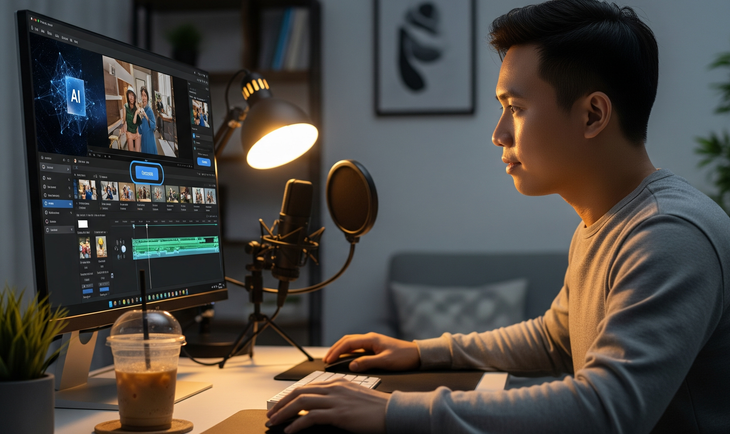
Image creation using AI tools
In the past, to make a video , you needed a camera, a director, actors and hours of editing. Now, with just a few words on the keyboard, AI can create vivid, complete frames from the background, lighting to every small movement.
Behind this "miracle" is a series of sophisticated technologies that few people know about.
From Text to Image: The First Journey
According to Tuoi Tre Online 's research, when you type a few descriptive sentences, the AI system will first "read" the content using natural language processing (NLP) technology. Not only does it recognize each word, AI also analyzes the context, emotions, and relationships between elements in the sentence.
For example, if you write "afternoon rain on the old town", AI will know this is an outdoor scene, with weather elements, afternoon light and classical architectural setting.
After understanding the content, the AI moves to the initial still image generation stage. In this step, a common technology is the diffusion model, where the AI “paints” the image from a noisy white background until every detail is visible. Every pixel is calculated to ensure the lighting, color, composition, and style are correct.
Few people know that during this stage, AI can create dozens of test versions and choose the best one before continuing.
Another “secret” is that advanced systems also incorporate huge image databases, trained from many sources. This gives AI a memory of millions of details, from the way water reflects light, to the way trees lean in the wind, so that the first frame is as natural as possible.
How AI turns images into smooth motion
Once the first frame is complete, the biggest challenge is turning it into a continuous sequence of images that give the impression of movement. AI uses motion prediction models to visualize how each object will change over time. This is where physics algorithms come in, simulating factors like gravity, wind, water, or virtual camera shake.
To keep the scenes from stuttering, the AI uses frame interpolation . It “imagines” intermediate frames between two moments, then combines them into smooth motion. If there are characters in the video, the system also has to process body movements, facial expressions, and eye movements to match the context.
A little-known secret: Before displaying, many AI systems also perform an automated “post-production” step. They adjust the color, lighting, add blur or depth effects to make the video look like it was shot by a professional camera. Some platforms even create appropriate ambient noise and background music, making the final product seem like a real scene.
Thanks to the combination of many technologies, from language processing, 3D rendering, physics simulation, to post-production editing, with just a few lines of text, users can own a complete video. This seamlessness makes many people think that AI is "filming", but in fact everything is built from zero , frame by frame, at a speed that humans cannot match.
Source: https://tuoitre.vn/hau-truong-ai-chuyen-van-ban-thanh-video-trong-vai-phut-20250815190549144.htm


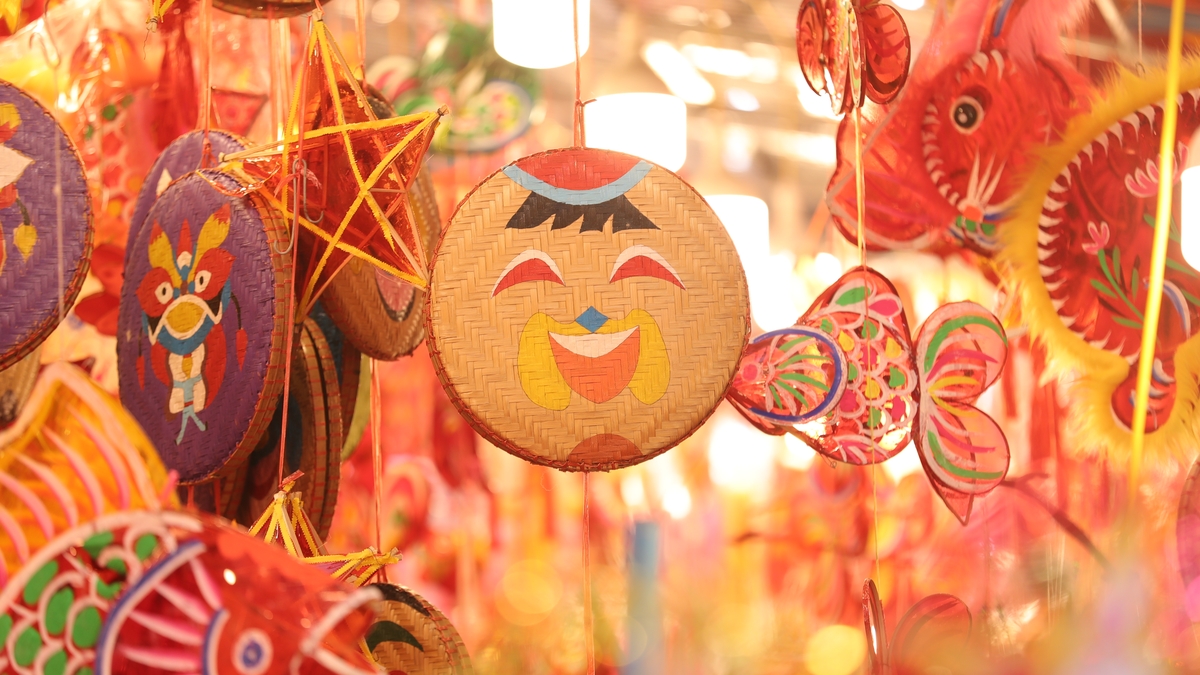

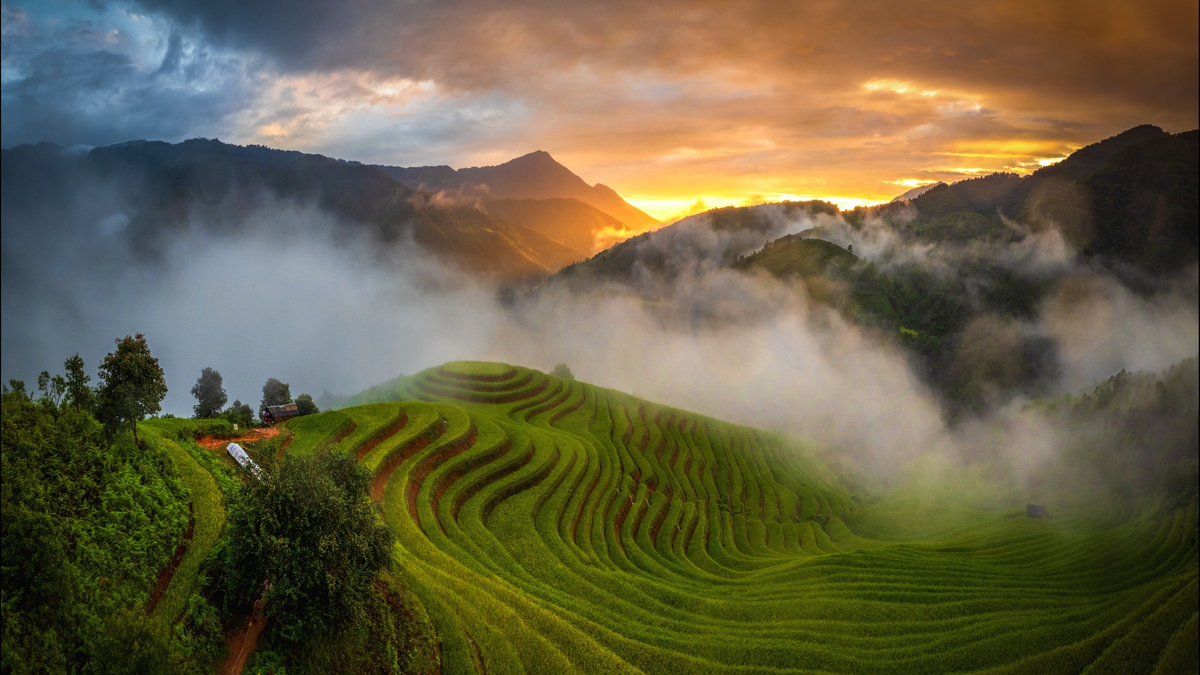
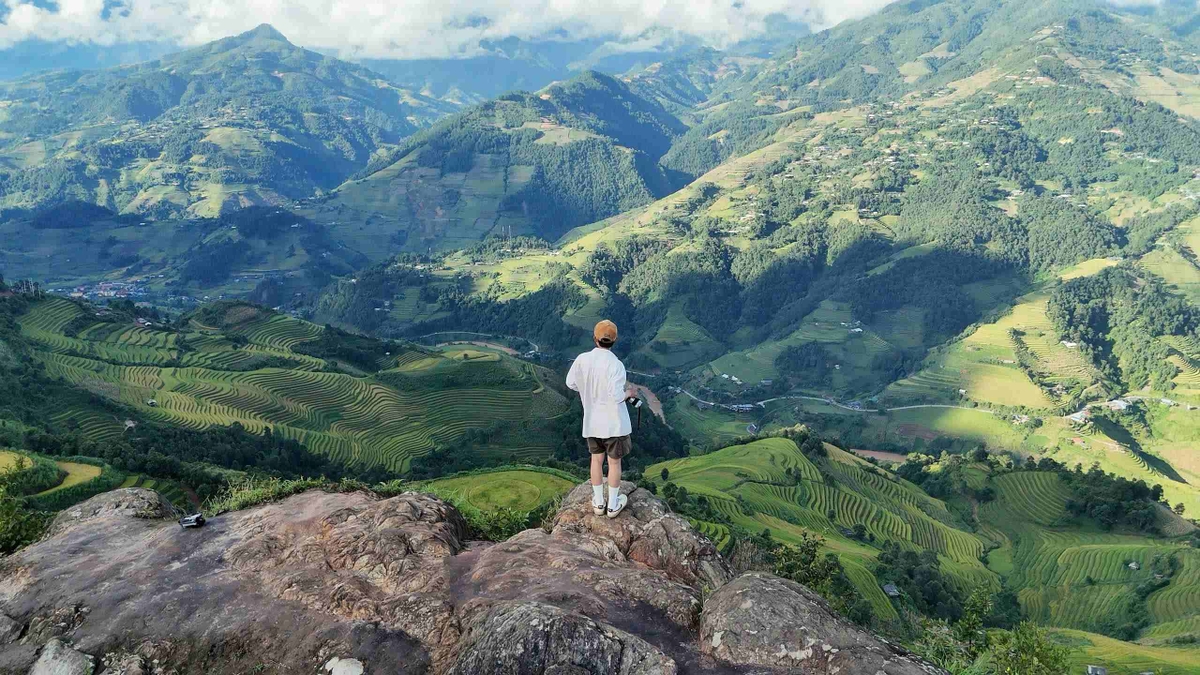


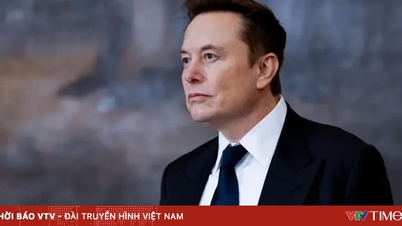

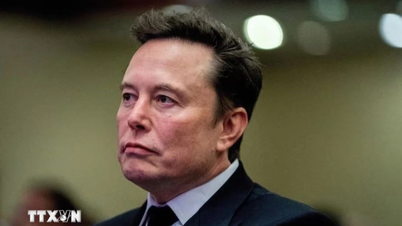

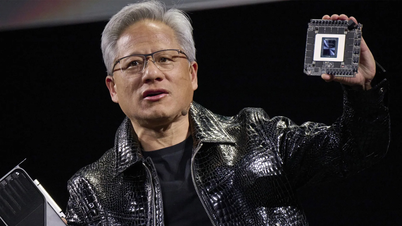

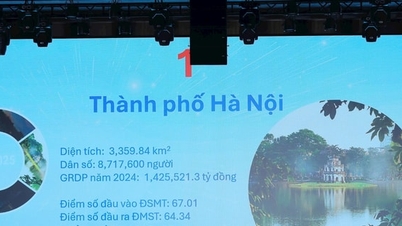

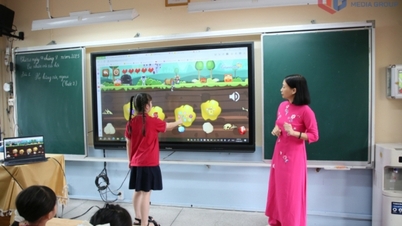

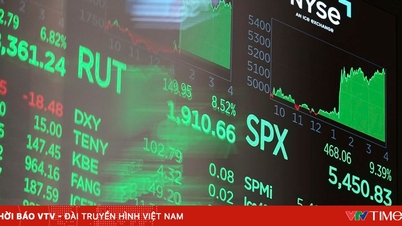
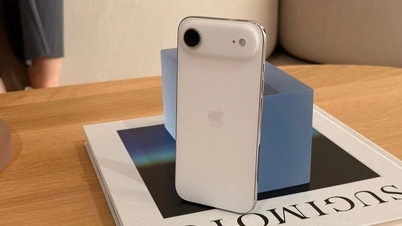

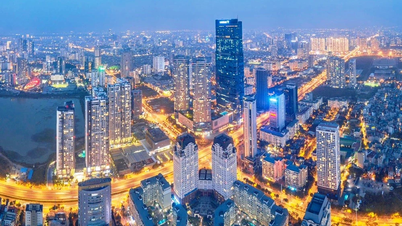
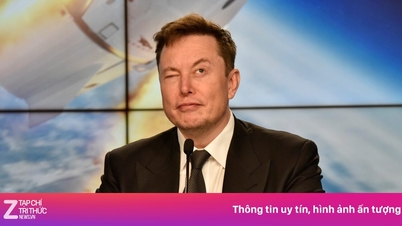

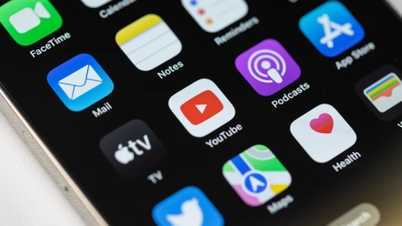

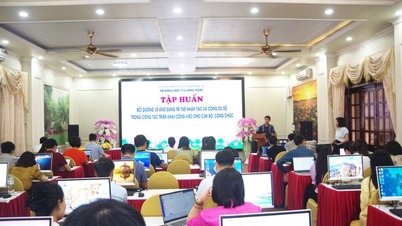


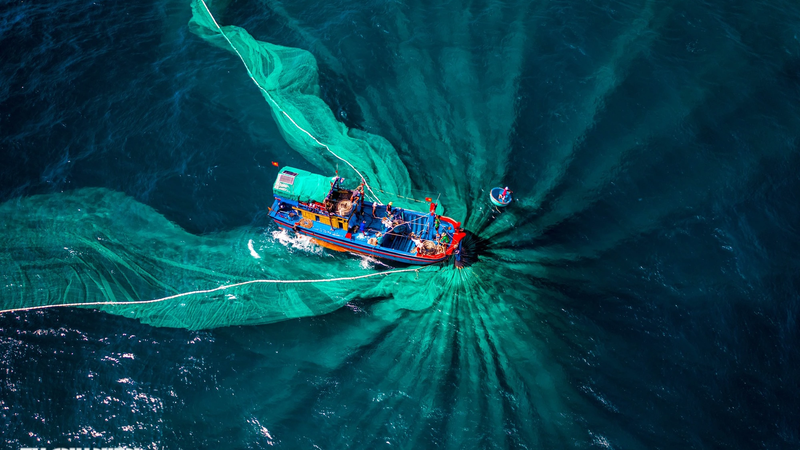



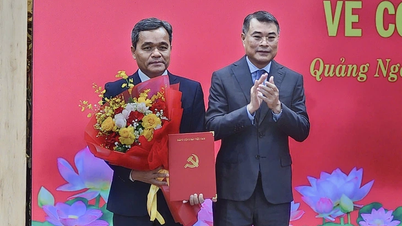


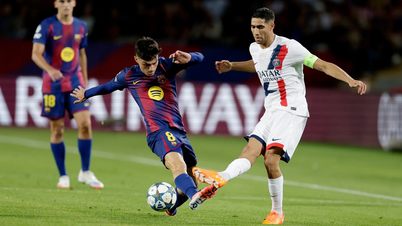

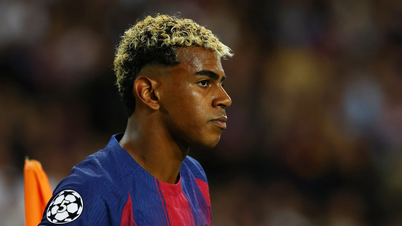

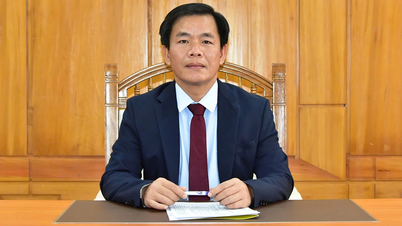

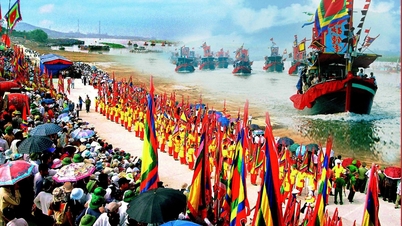



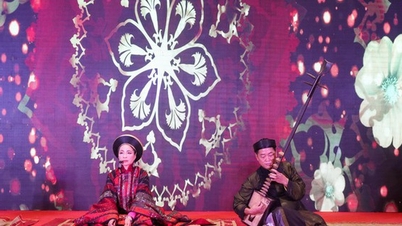

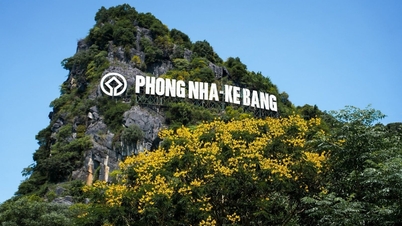

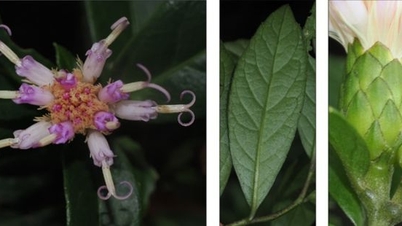
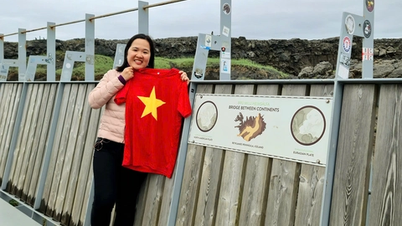
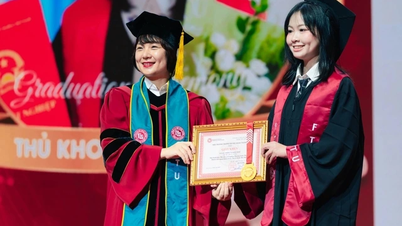

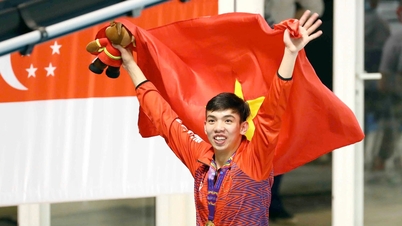

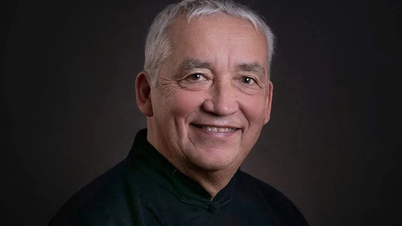




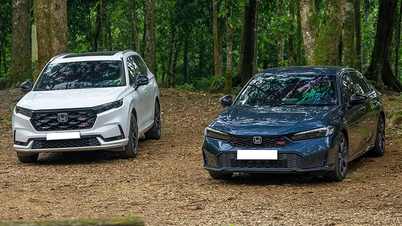
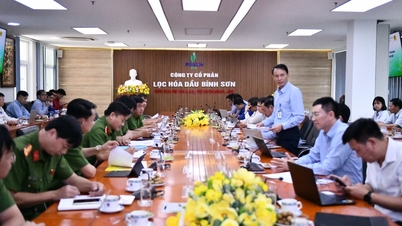
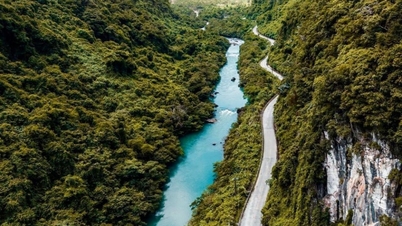
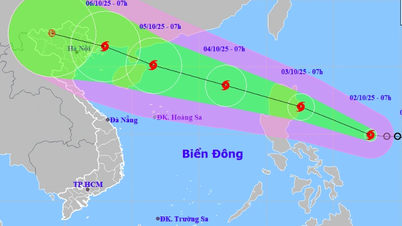
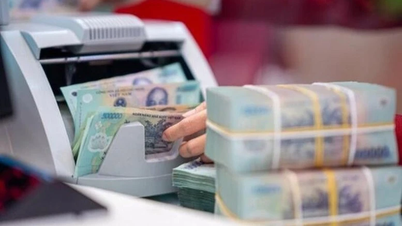
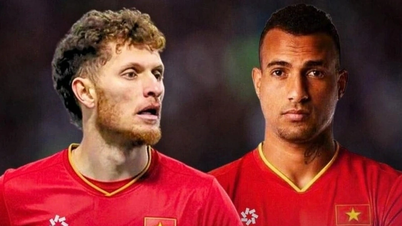
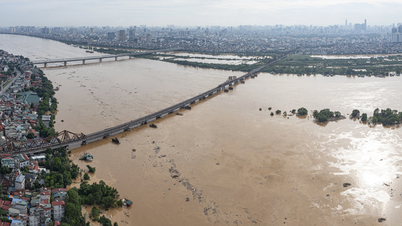
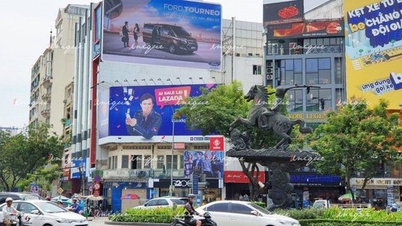
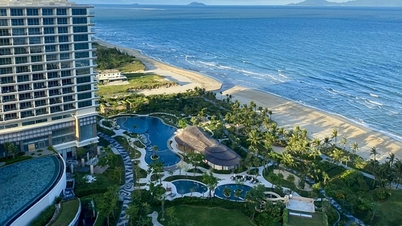


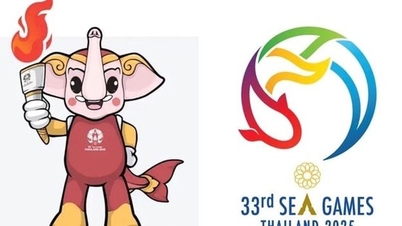









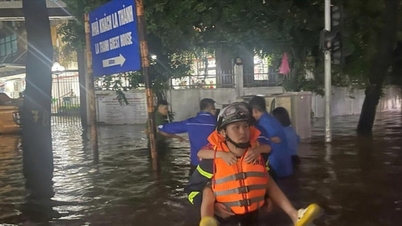








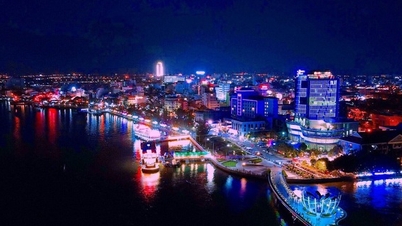

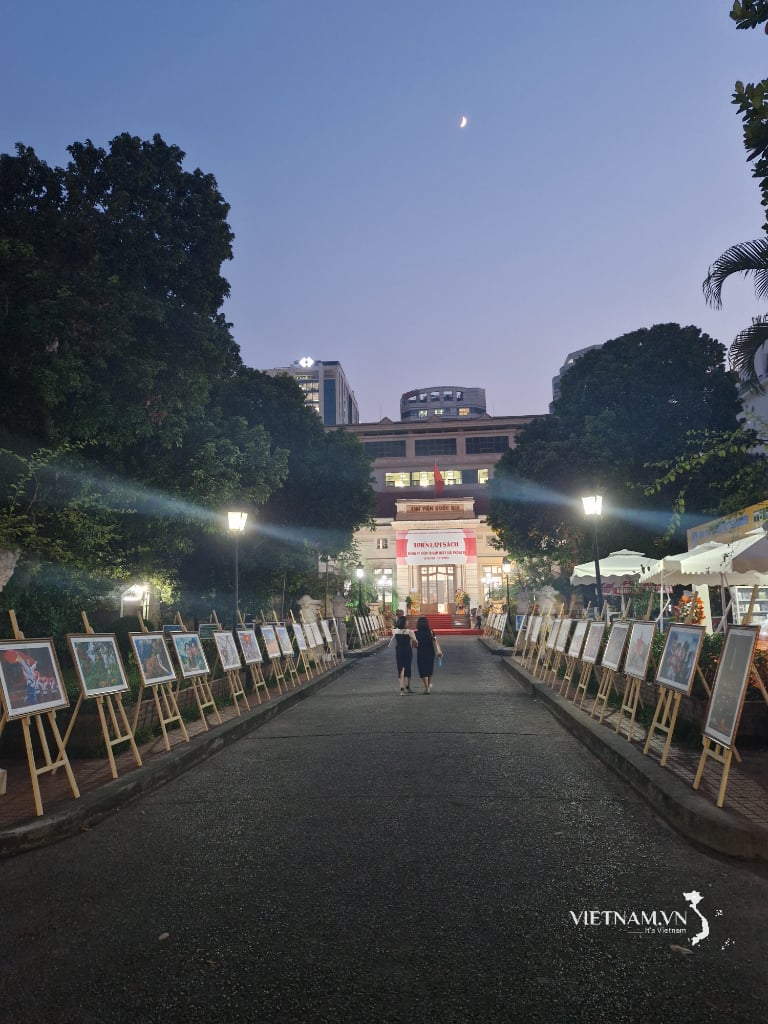

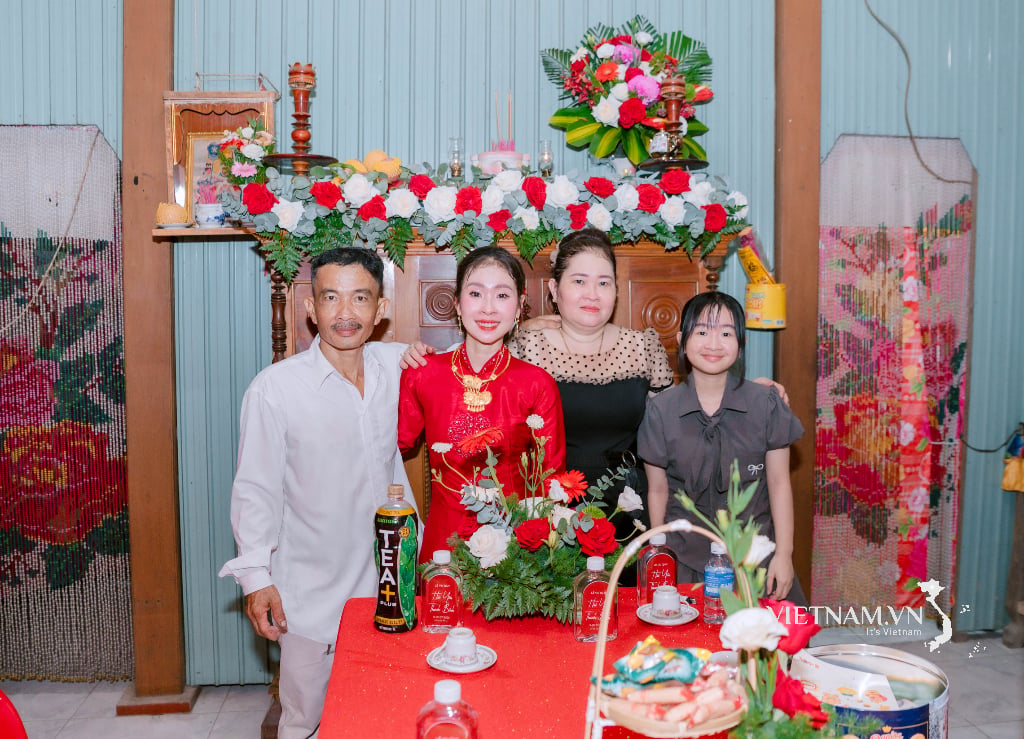

Comment (0)